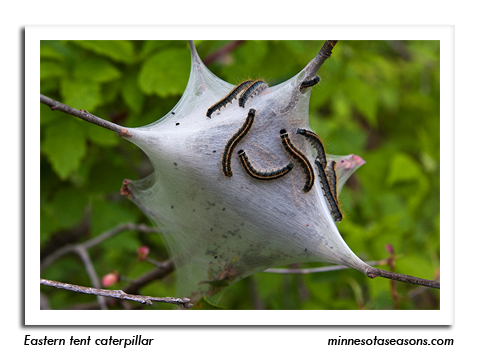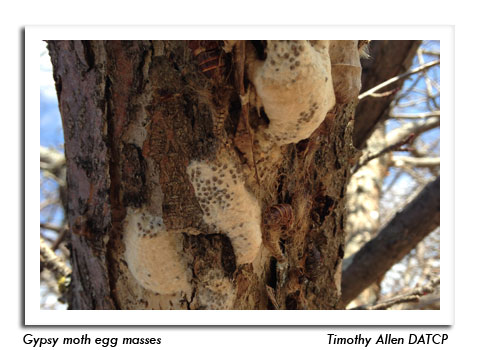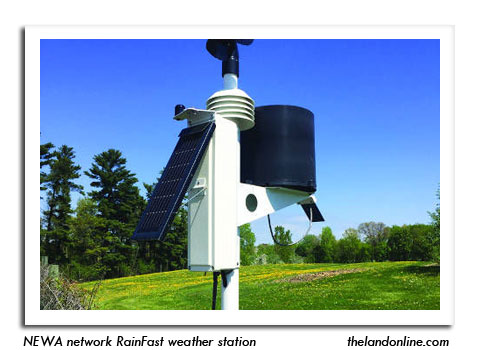
 |
|
|
Looking Ahead
Volume 63 Number 1 Date 05/03/2018 BLACK CUTWORM - Migrants arrived in significant numbers this week. The DATCP network of 45 pheromone traps captured 217 moths from April 26-May 2, with localized intense flights of nine or more moths recorded at eight sites. The cumulative count of 227 moths as of May 2 compares to a total of 1,036 at the same time last year. Moths first appeared in the state by April 12 this season and egg deposition is beginning on grasses and winter annual weeds such as common chickweed, peppergrass and yellow rocket in untilled fields. BROWN MARMORATED STINK BUG - More than 50 brown marmorated stink bug (BMSB) reports have already been confirmed this year, according to the UW Insect Diagnostic Lab. Most of the specimens originated from the Madison, Milwaukee-Waukesha and Green Bay areas, where the state's largest populations are thought to be concentrated. BMSB is established in some apple orchards and has been found near sweet corn in the last two years, although crop damage has not yet been documented in the state. This invasive pest has been confirmed in 22 of 72 Wisconsin counties since 2010. EASTERN TENT CATERPILLAR - Egg hatch began on April 24 in Grant County. The characteristic tents are not yet visible, but should become apparent on apple, ornamental crabapple, wild cherry, and other host trees in by mid-May. Manual removal of the small tents, rather than pruning infested branches, is advised. GYPSY MOTH - Larval emergence from overwintered eggs is predicted for May 5-9 in southern Wisconsin. This event occurred by April 21 last year, April 25 in 2016, and is about two weeks later than normal this season. Aerial spraying directed against the first and second instar stages in the gypsy moth life cycle could be delayed until the week of May 21-25, which would be one of the latest start dates in the 39-year history of the Wisconsin Gypsy Moth Program. NEWA WEATHER STATIONS - Local weather and pest forecast information from approximately 20 Network for Environment and Weather Applications (NEWA) stations across Wisconsin is now available online to all growers. The weather monitoring stations in apple orchards and on farms transmit site-specific data to NEWA servers that calculate and provide weather data summaries, degree days, and IPM and crop production forecast model results. Currently, 30 IPM and crop production tools and 13 degree day tools are available in NEWA. The site is free and it is not necessary to have a weather station to use this resource. A list of Wisconsin station locations can be found at: http://newa.cornell.edu/index.php?page=station-pages-wi -- Krista Hamilton, DATCP Entomologist 





|
|
|